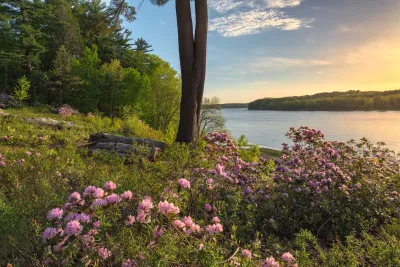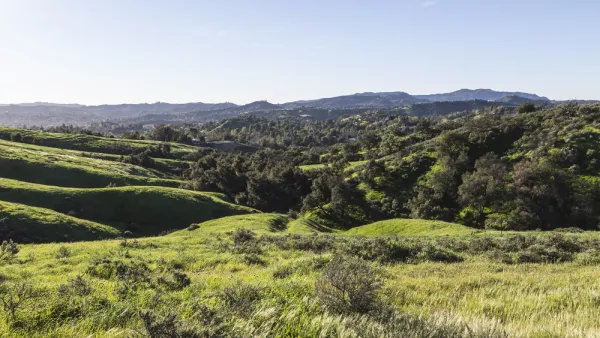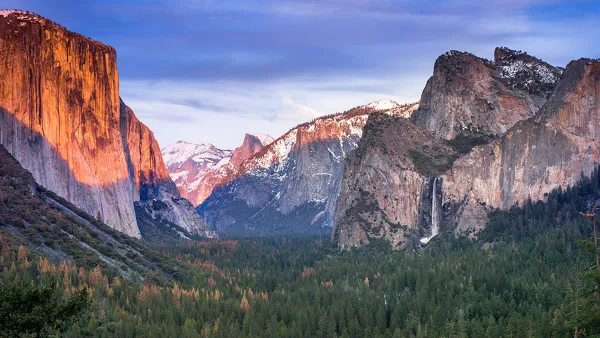A new study estimates that recent land conservation generated $9.8 billion in wealth nationally through the housing market and that wealthier and White households benefited disproportionately.

A growing number of leaders at all levels of government in the U.S. and abroad have made commitments to achieve “30×30,” the goal of conserving 30 percent of lands and coastal waters by the year 2030 to fight climate change, advance conservation, and protect biodiversity. While there has been much emphasis on determining which lands should be conserved, there has been little discussion or analysis about who benefits most from the protection of additional natural lands. Land conservation efforts across America sustain ecological and other benefits while generating wealth in the housing market through the capitalization of amenities. In this paper, researchers Corey Lang, Jarron VanCeylon, and Amy W. Ando estimate the benefits of conservation that are capitalized into proximate home values and quantifies how those benefits are distributed across demographic groups.
Using detailed property and household-level data from Massachusetts, this study estimates that new land conservation led to $62 million in new housing wealth equity. However, homes owned by low-income or Black or Hispanic households are less likely to be located near protected natural areas, and therefore, these populations are less likely to benefit financially. Direct study of the distribution of this new wealth from capitalized conservation is highly unequal, with the richest quartile of households receiving 43 percent, White households receiving 91 percent, and the richest White households receiving 40 percent, which is almost 140 percent more than would be expected under equal distribution. The authors extend their analysis using census data for the entire U.S. and observe parallel patterns. They estimate that recent land conservation generated $9.8 billion in wealth through the housing market and that wealthier and White households benefited disproportionately. These findings suggest regressive and racially disparate incidence of the wealth benefits of land conservation policy.
Please refer to the source article for details.
FULL STORY: Distribution of capitalized benefits from land conservation

National Parks Layoffs Will Cause Communities to Lose Billions
Thousands of essential park workers were laid off this week, just before the busy spring break season.

Retro-silient?: America’s First “Eco-burb,” The Woodlands Turns 50
A master-planned community north of Houston offers lessons on green infrastructure and resilient design, but falls short of its founder’s lofty affordability and walkability goals.

Delivering for America Plan Will Downgrade Mail Service in at Least 49.5 Percent of Zip Codes
Republican and Democrat lawmakers criticize the plan for its disproportionate negative impact on rural communities.

Test News Post 1
This is a summary

Test News Headline 46
Test for the image on the front page.

Balancing Bombs and Butterflies: How the National Guard Protects a Rare Species
The National Guard at Fort Indiantown Gap uses GIS technology and land management strategies to balance military training with conservation efforts, ensuring the survival of the rare eastern regal fritillary butterfly.
Urban Design for Planners 1: Software Tools
This six-course series explores essential urban design concepts using open source software and equips planners with the tools they need to participate fully in the urban design process.
Planning for Universal Design
Learn the tools for implementing Universal Design in planning regulations.
EMC Planning Group, Inc.
Planetizen
Planetizen
Mpact (formerly Rail~Volution)
Great Falls Development Authority, Inc.
HUDs Office of Policy Development and Research
NYU Wagner Graduate School of Public Service




























